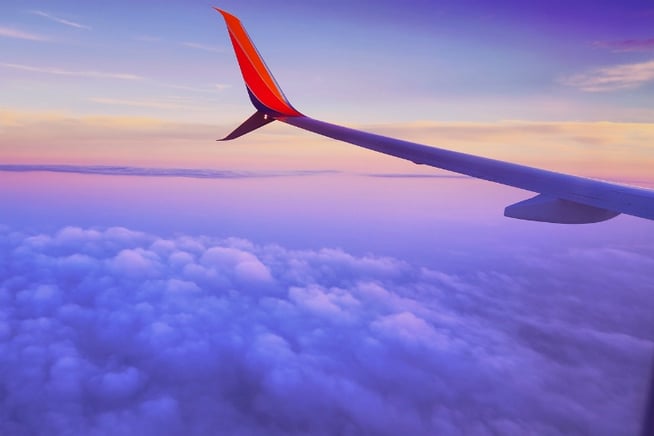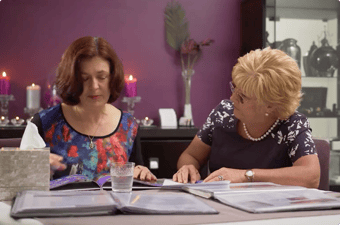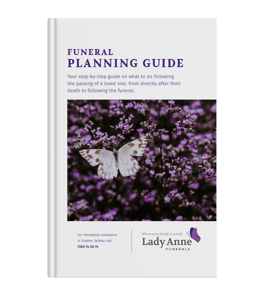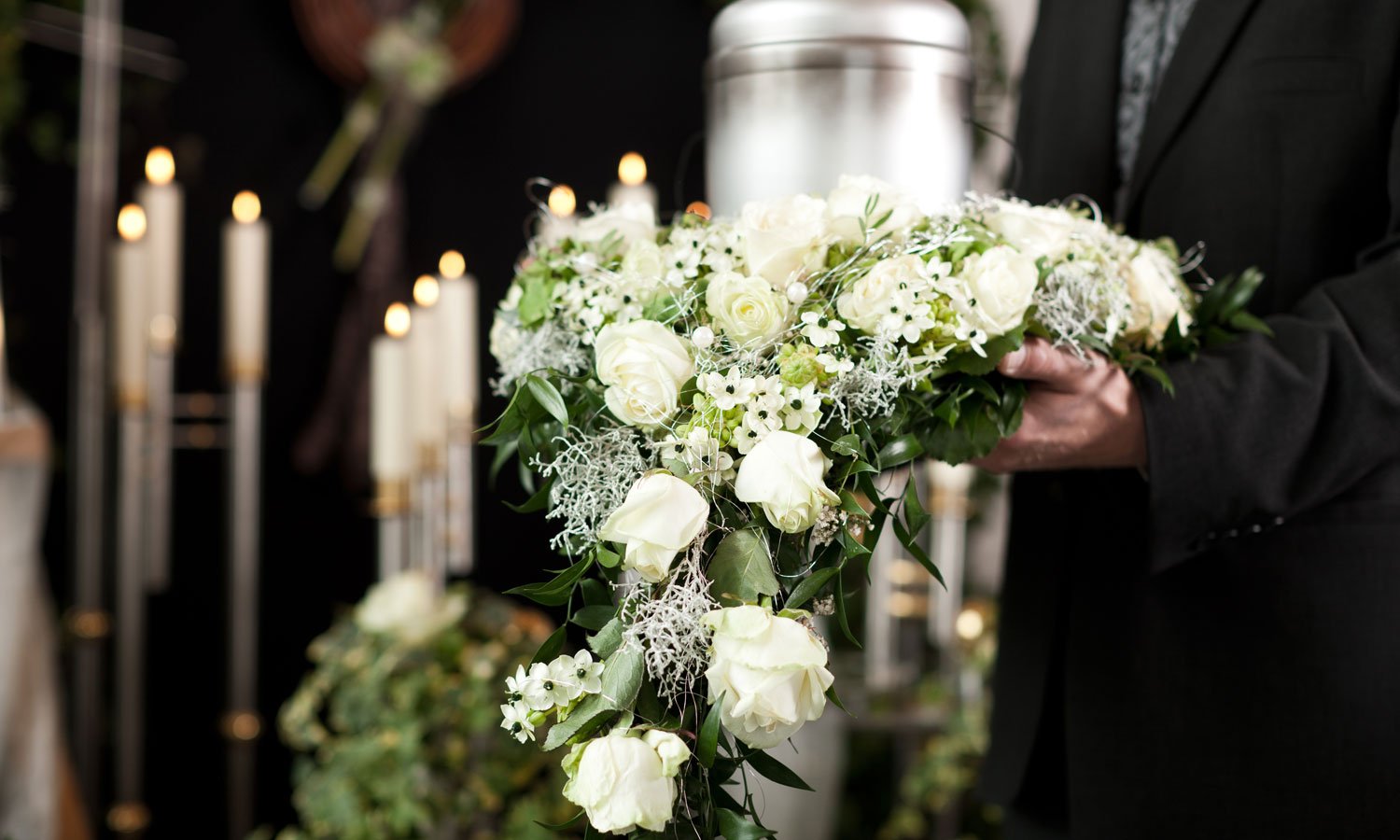Pronunciation: mun - div - a - gant (adjective)
Meaning: "That roams around the world."
Some of our favourite memories have been spent away on holidays - whether it was skiing in New Zealand, taking the kids to the beach in Bali or seeing the amazing history throughout Europe - we have all loved our time away. For our parents generation, most of the trips we took as a family were home to where they grew up in Europe, where their history and family were before they moved to Australia. For our family, travel has been a way to connect with our heritage and create a shared memory bank for us all to pull happy memories from.
So when it comes to celebrating the life of someone we have loved, be it a friend, family member, partner or parent, travel comes to mind as one of the most natural ways to farewell them, in a place we all loved. There are a number of ways you can part with your loved one’s ashes, but if scattering cremated remains abroad sounds appealing to you, it is important to get informed about regulations, legalities and new practices.
Below is a shortlist of steps to investigate if you'd like to scatter ashes overseas we've collected in our experiences as lady funeral directors. If you're after information about the international transport of a body, take a look at our repatriation page.
Basic rules for scattering cremated remains abroad
As much as we’d like to feel free to scatter our loved ones ashes wherever we wanted and however we pleased, there are certain rules in place that you have to follow.
You might have heard of people scattering ashes wherever they wanted, but if you get caught failing to comply with regulations regarding proper disposal of ashes, you could be violating pollution and contamination laws, resulting in fines. Having the proper permit and doing it the right way is a much better way to farewell someone who was close to you and avoid a sour experience.
Taking the remains out of Australia
Taking the ashes out of the country shouldn’t be a big deal. According to the NSW Health Factsheet for human remains and what can be done with ashes, the first thing you’ll have to do is contact the consulate for the country you want to take the remains to, in order to comply with local requirements.
Secondly, you’ll need to carry the ashes in a sealed non- metallic urn or container, preferably in carry on luggage.
Lastly, you might be asked to provide a copy of a statement from the crematorium identifying your loved one and when and where his or her body was cremated. Your funeral director will be able to provide you with this paperwork after the cremation process has been completed.
Airlines and airport security
Checking the specifications of the airline (or airlines) you’re going to fly with is a must, as all regulations can change from company to company. For example, Qantas does not require any specific containers or certificates whatsoever, but Emirates Airlines does. If you want to fly with the latter, the container needs to be airtight sealed, and you need to carry the original certificates of both death and cremation with you, or the original passport of the deceased.
You need to be mindful that the remains will be screened through security, as any other object you are carrying with you on the plane.

Using a non-metallic container (as we highlighted before) is very important, as per airport security regulations. A metallic container might result impossible for the x-ray machine to scan, and since security staff will not open any package, failure to see what’s inside can result in your ashes not going through to the gate for take off.
While overseas
When you’ve arrived to your destination, find out what the rules are about the specific place you wish to scatter the remains. Some locations have different guidelines, such as national parks, beaches, or protected areas. For example, Yosemite National Park in California will allow you to scatter ashes anywhere in the park, as long as you’re away from people and 90 metres away from the water.
In the UK, you don’t require any type of license if you want to scatter cremated remains on tidal waters.
Generally, leaving ashes at stadiums or amusement parks is prohibited; for example, Walt Disney World amusement parks won’t allow the scattering of ashes on the premises.
Scattering cremated remains in space
Sounds fancy, doesn’t it? Actually, this new trend is becoming popular in Japan mainly due to its convenient price point. For the sum of US $1,990 (versus US $27,000 cost of the cemetery slot) you can send a loved one’s ashes to space.
American company Elysium Space Inc., based in San Francisco, offers a 'Shooting Star Memorial' to send a portion of the cremated remains (100 grams) in a capsule that will circle the earth for several months. The spacecraft’s trajectory can be tracked with an app on mobile phones, so you know where exactly the capsule is.

Whether you want to scatter the cremated remains of your loved one overseas, or send them to space to become a shooting star you can make a wish upon, it is important to be informed. Not only about the monetary costs, but also about the red tape that surrounds the whole process.
While this can be a bit of a headache in such an emotional time, making sure you follow the proper procedures will allow you to avoid unnecessary stresses and risks on the day you celebrate and say goodbye to that special someone; especially when you’re in a foreign country.
If you need any assistance with funeral arrangements, grieving guidance, or procedure guidelines, please don’t hesitate to contact our Lady Funeral Directors. Here at Lady Anne Funerals we understand the difficult time you’re going through. We are flexible and can accommodate your family and your needs, offering a personalised service. We are here to help.
If you are currently in the process of farewelling your loved one, please take a copy of the checklist below, which outlines the life admin tasks to be carried out when a loved one passes.










